Besides many health-promoting side effects, the running boom also has an impact on accident statistics. Today almost twice as many joggers have accidents as at the turn of the millennium. The ankle joint is the most frequently affected.
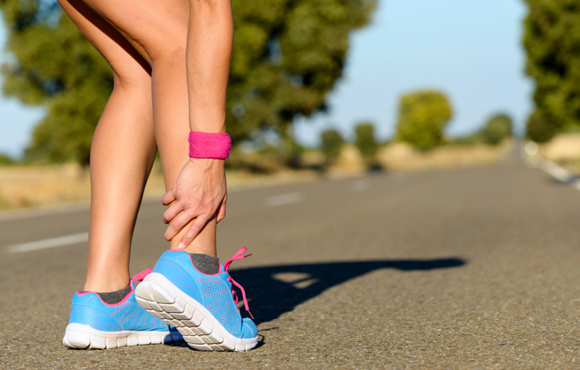

Besides many health-promoting side effects, the running boom also has an impact on accident statistics. Today almost twice as many joggers have accidents as at the turn of the millennium. The ankle joint is the most frequently affected.

For athletes, enough sleep is important. About one quarter of the population suffers with sleep problems. What facts should athletes know?
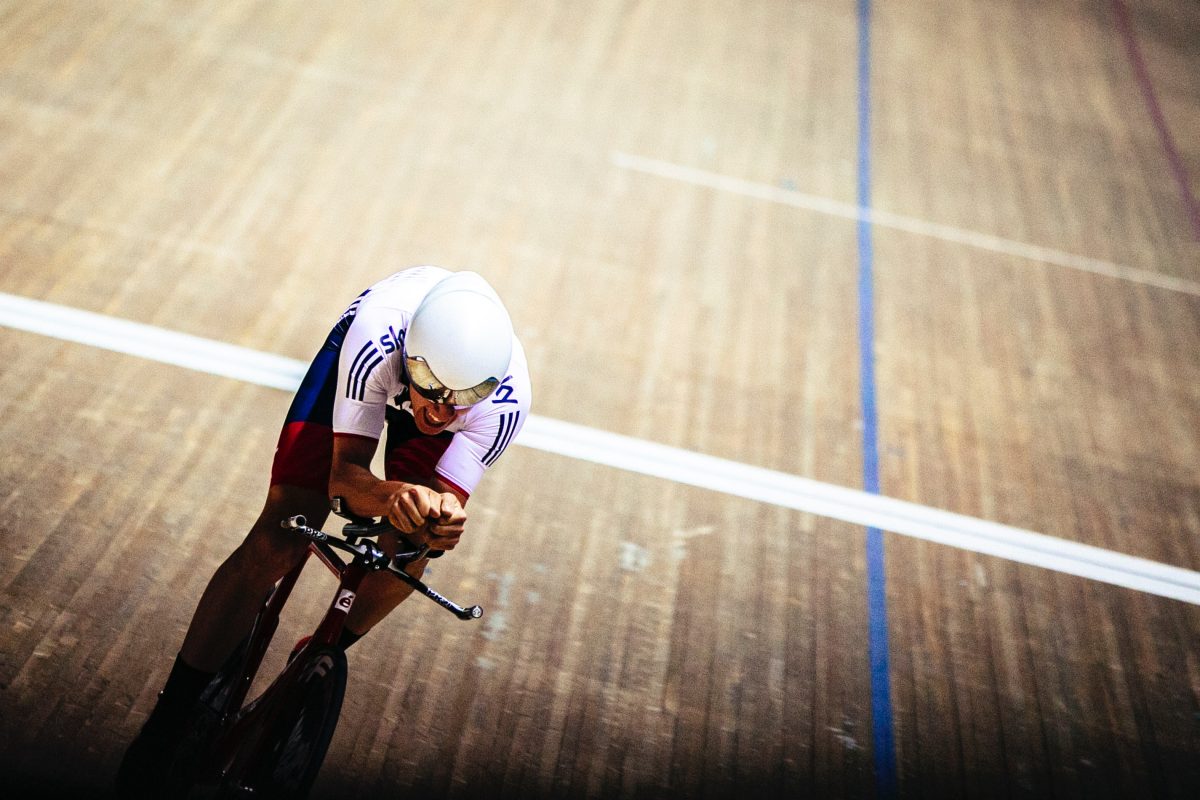
For many amateur cyclists, The problem is not the competition, but muscle tension in their neck, which makes longer rides torture. Here are the best tips to fight neck problems.
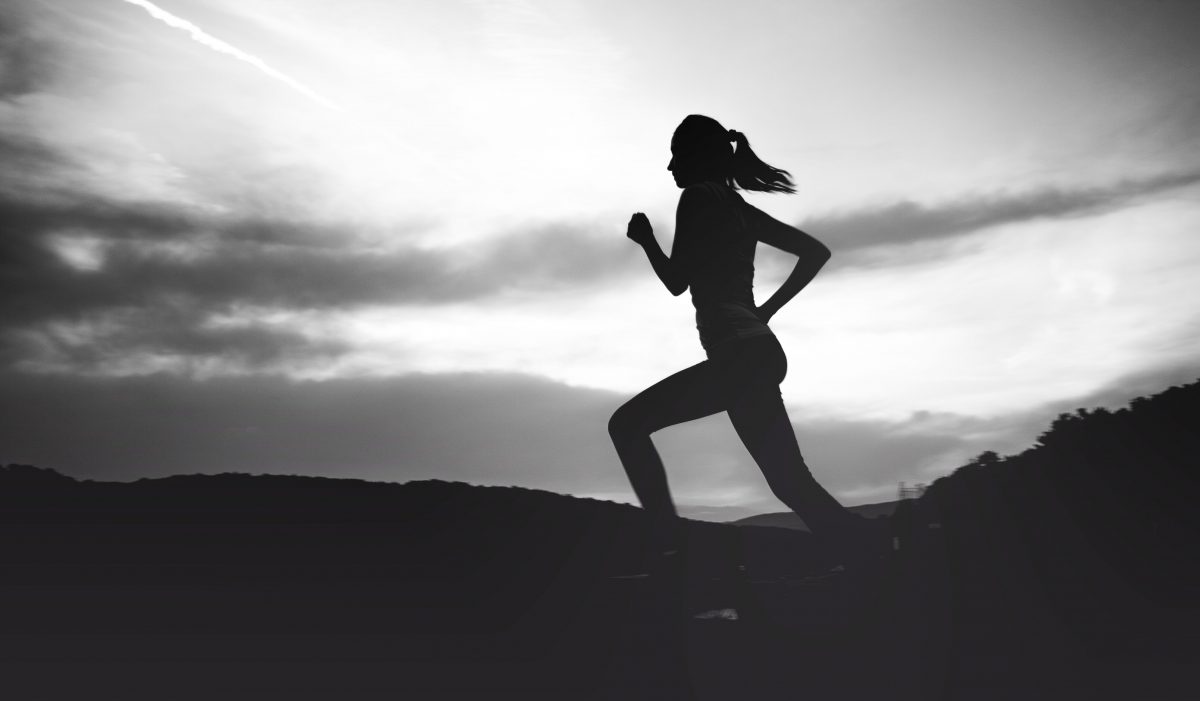
At the end of the 1970s at the latest, researchers began to study the metabolism during training after short-term fasting from a few hours to a day. Already the results of the early studies showed an increased fat burn and savings in muscle glycogen during such training. But does this also lead to a better (endurance) athletic performance?
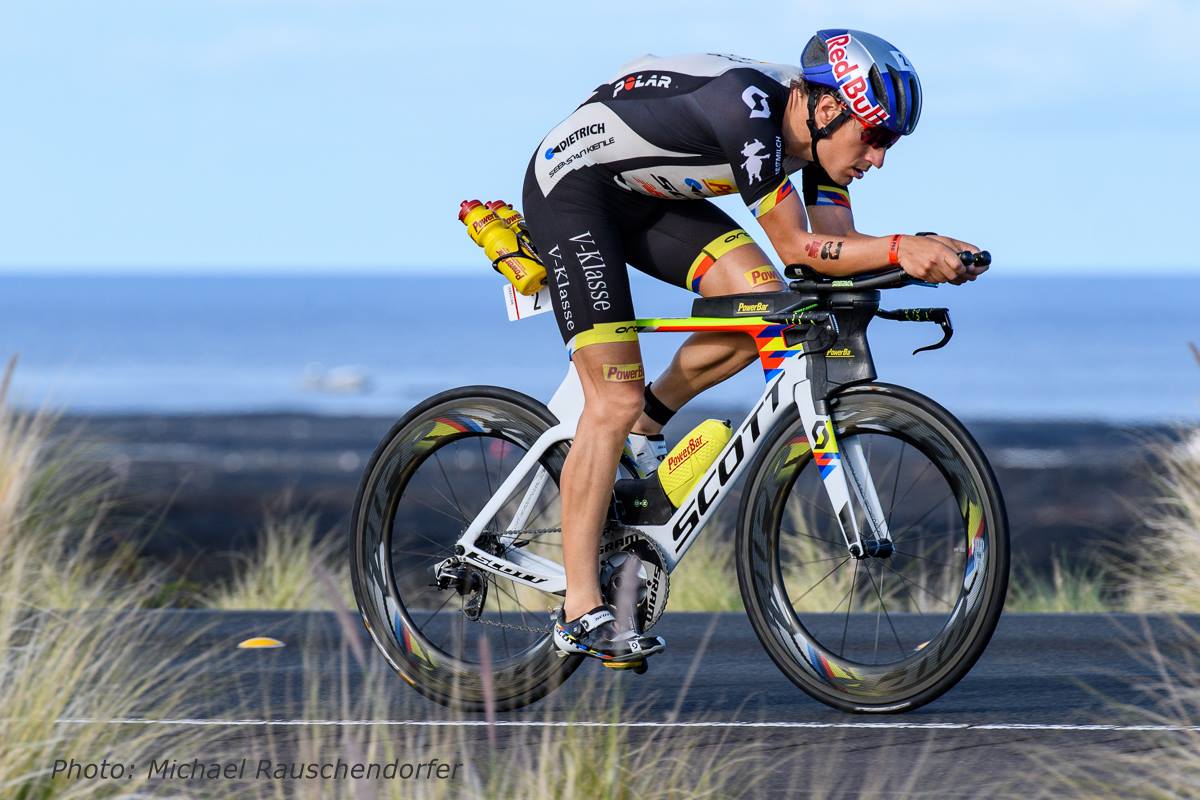
In spring of 2020 everyone had their race schedules flipped upside down by the global pandemic. This affected the training of every endurance athlete that had races planned whether you are a professional or amateur athlete. The question is, will this change impact your performance and can you still have effective training without races? Well the Pros are returning to racing and answering this question now.

Success in sport is not only the result of effort, but also of the ability to recover properly. Strength lies in rest: only those who recover can perform at their best. Let’s find out together how recovery is the key to sporting success.
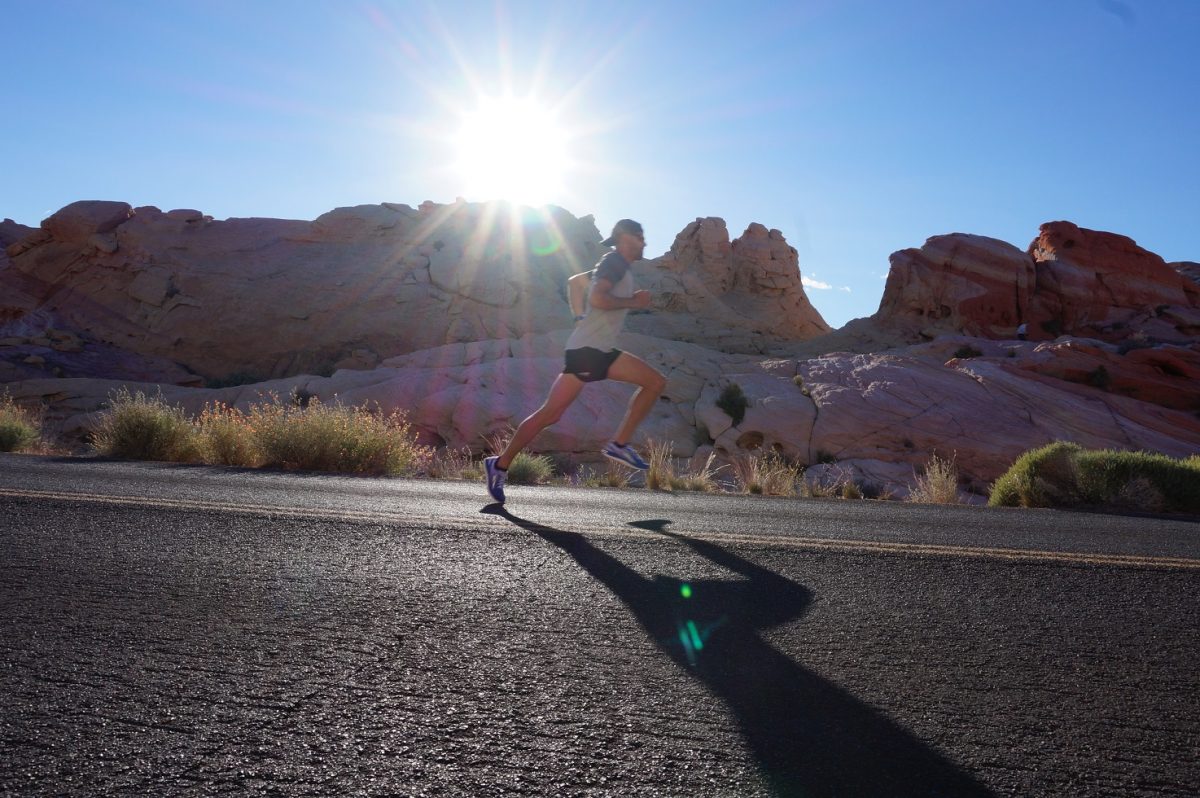
Most dedicated athletes have to deal with training in the heat at some point during the year. Some athletes love it and others hate it, but no matter how you feel about the heat, it will affect you and your training. Here are the most notable effects of training in the heat and how you can get the most out of your training in high temperatures.
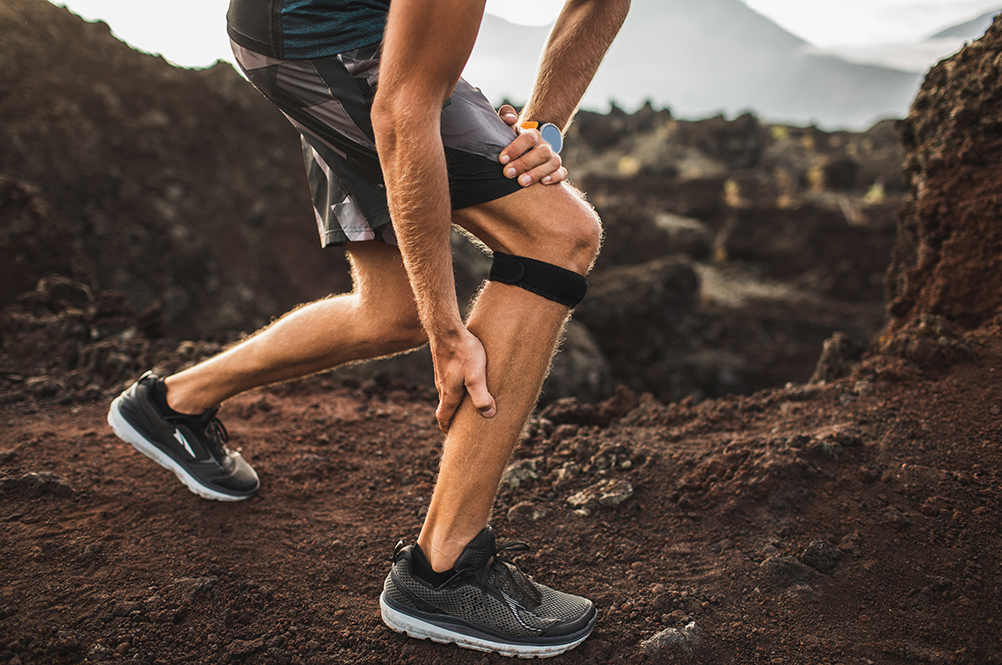
An injury during a preparation or competition phase can severely disrupt the course of the season and lead to a significant reduction in physical performance. The longer the rest phase lasts, the more time must be invested in reconstruction. However, once the physical and psychological setback has been overcome, many positive aspects of the development can be gained.
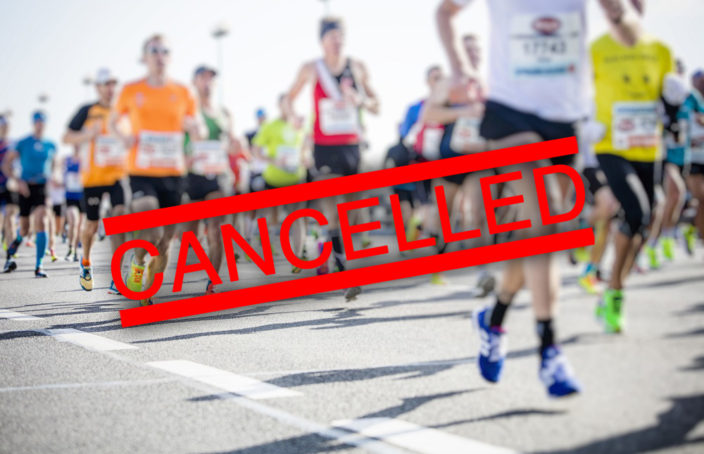
Your normal life and routine have completely changed. Your group or club workouts are canceled, gyms are closed, pools are closed, you are not allowed to meet with your training partners, and all the races you had planned are not occurring as usual with no clear answer to when normal racing will resume. However, this time will end and there are a few tricks to keep your focus and come out on the other side a better athlete.

In the late fall and winter, the risk of catching a viral infection increases substantially. Sports in cold weather, rooms with forced air heating, and coughing and sniffling people are just a couple of the contributing factors during this time of year. While, in the long run, regular aerobic exercise strengthens your immune system, in the short term, long or difficult workouts weaken your immune system and make you more susceptible to infections. With the following behavior and nutrition tips, you’ll help to keep yourself healthy throughout the winter.